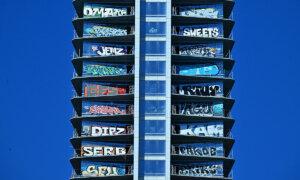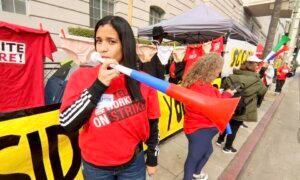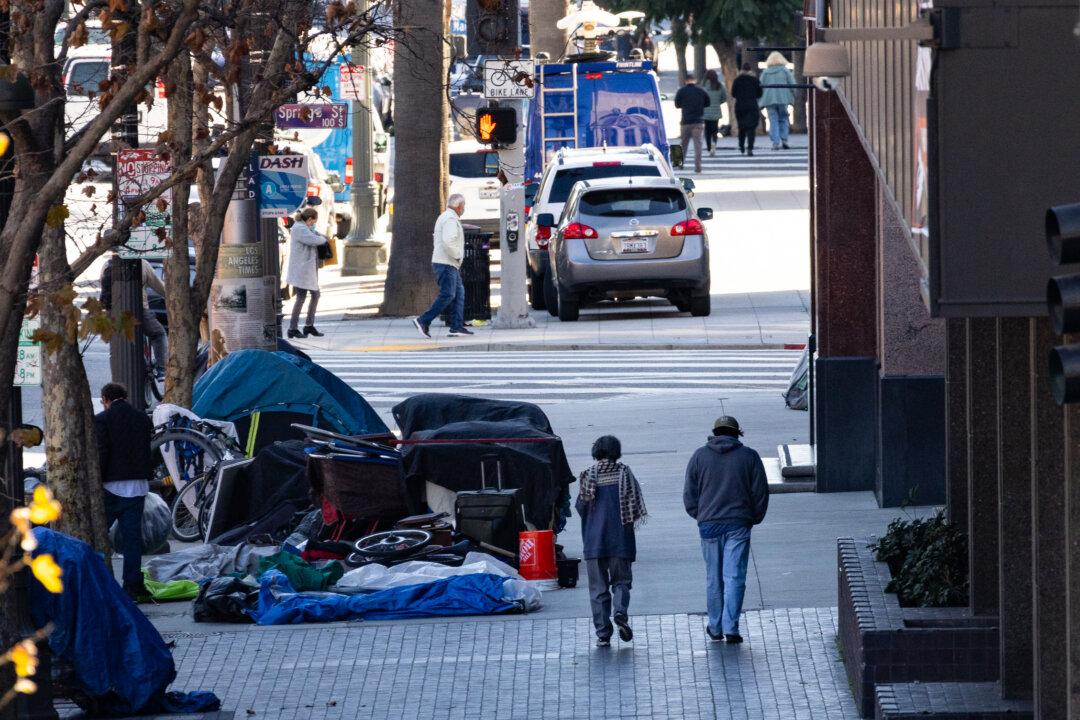Sunset Boulevard is among the most iconic streets in the world. It winds through beautiful hills and canyons from the Pacific Ocean, through Brentwood, Bel Air, and Beverly Hills before giving way to the neon lights and billboards of the Sunset Strip, then continues running through Hollywood all the way to downtown Los Angeles.
The street itself, however, is a mess. It is littered with potholes, eroding gutters, and asphalt patches. Tourists who have previously seen it only in the movies must be shocked when they actually drive on it.
Sunset Boulevard serves as a microcosm of California’s problems. Like the state, there is an abundance of natural beauty, but it is falling apart, because rather than maintaining it, the government is focused on solving issues like climate change, reparations for slavery, guaranteed income experiments, health benefits for illegal immigrants, and free government housing. This is how the state is run generally. It fails to do the basic things residents expect, like provide clean and safe streets, good schools, and provide for public safety. California’s natural beauty remains, but as the other issues mount, people are choosing to leave.
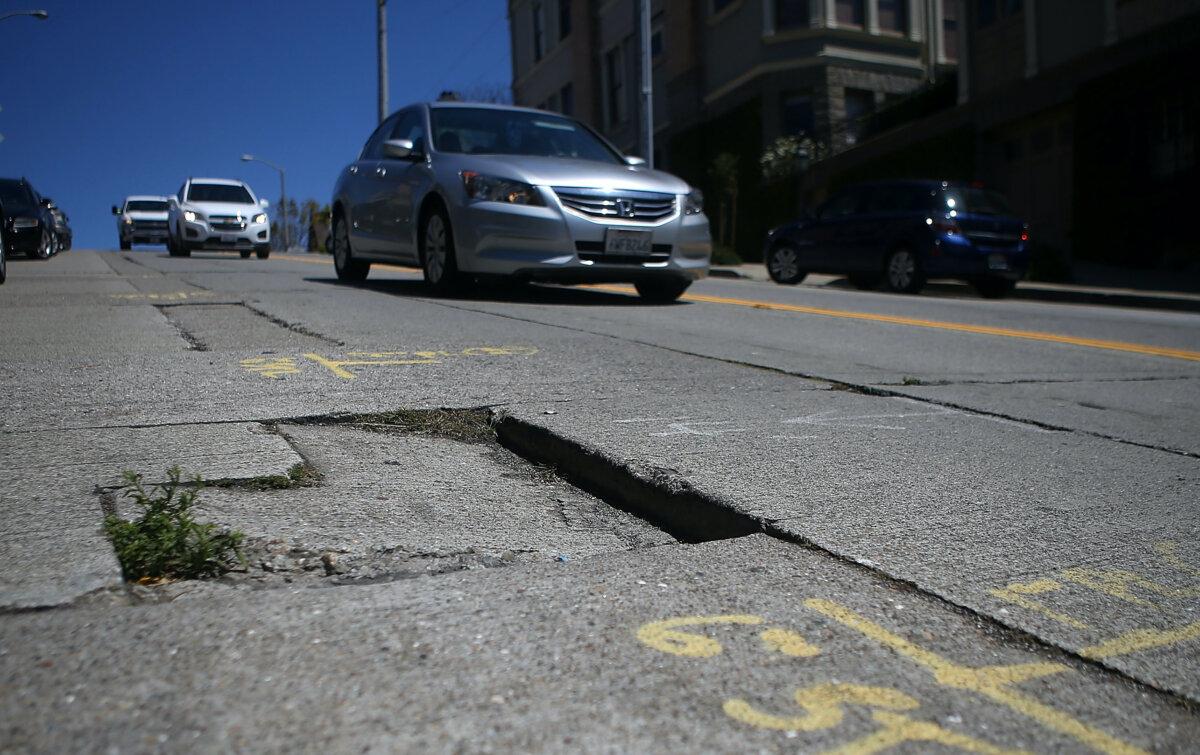
The measure is likely to pass both because of how it is worded and because there has been little publicity about it. The wording skillfully hides what it’s really designed to do. It is not a measure to get L.A.’s decaying streets repaved, which is desperately needed and something all voters would support. Instead, it is quite the opposite.
The plan states, “Reflecting its commitment to equity and environmental justice, Los Angeles City Planning has established street standards that provide safe and efficient transportation options for pedestrians, bicyclists, transit riders, and motorists.” The plan assumes cars are bad because they contribute to climate change. Thus, it seeks to get people out of their cars and onto bikes. (This while those preaching the loudest about climate change ride in limousines and fly in private jets.)
If Measure HLA is approved, the city cannot improve roads without making the road more equitable at the same time. This drives up the cost of repairs, adds significant time to planning and implementation, and likely requires adding a bike lane. A new bike lane usually means restricting parking on the street and/or taking away a lane of traffic. This only adds to the city’s notorious traffic problems.
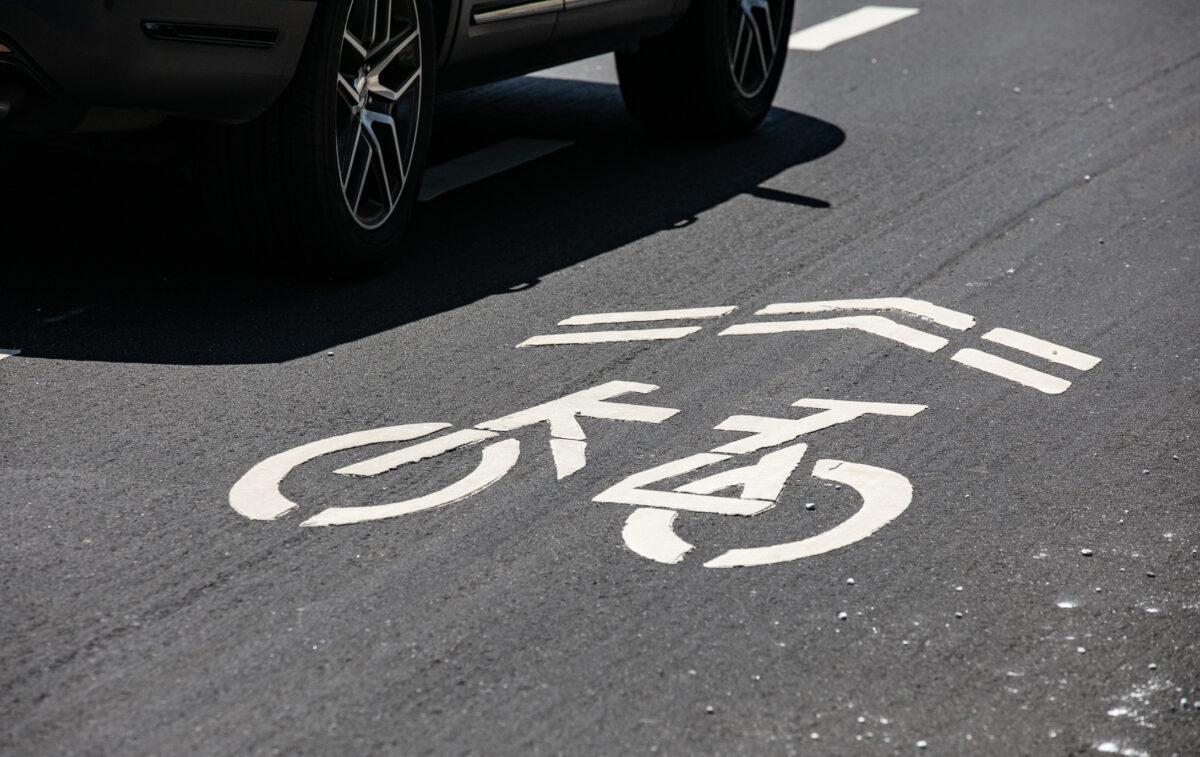
There are a handful of cities which have embraced bike lanes, and it has become part of their culture, such as Copenhagen and Amsterdam. L.A.’s former Mayor Eric Garcetti took a trip to Copenhagen and returned all jazzed about implementing it in Los Angeles. But Copenhagen is a relatively small, condensed, and flat city. L.A. is large, sprawling, and hilly.
Bikes in Los Angeles are very popular along the beach and on mountain trails. They are not popular on L.A.’s busy streets. The city has already added lots of bike lanes, but they are barely used and are very confusing and dangerous to bikers and motorists. Bikers zip down them as if they are in a protected space, but pedestrians and motorists are often unaware of them. Accidents are very common.
Angelenos, if you want your streets repaired anytime soon, vote “NO” to applying “equity and environmental justice” to our roads. Vote “NO” on Measure HLA.


